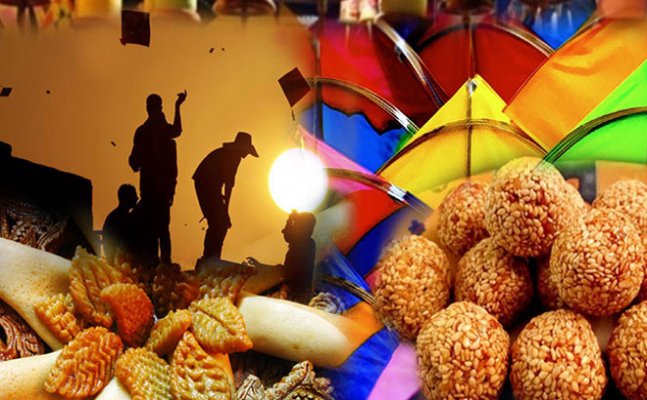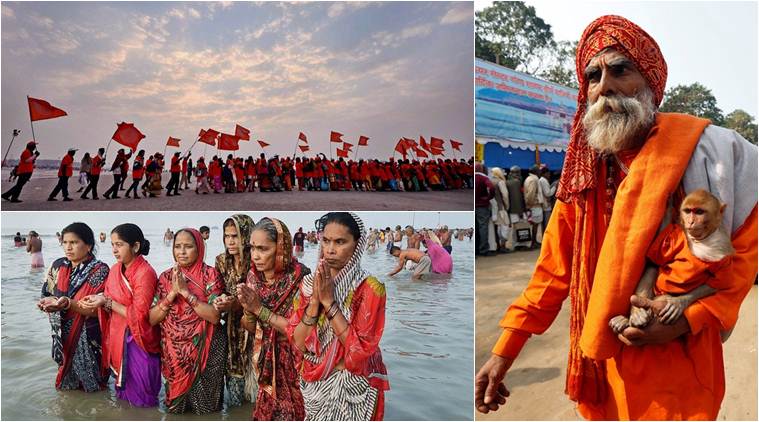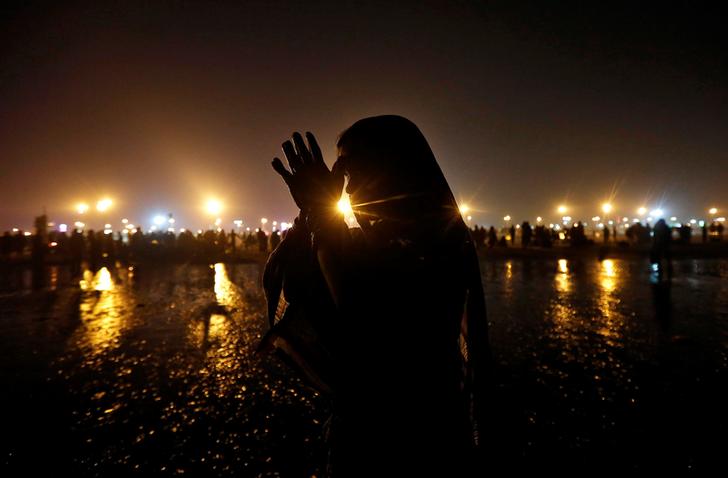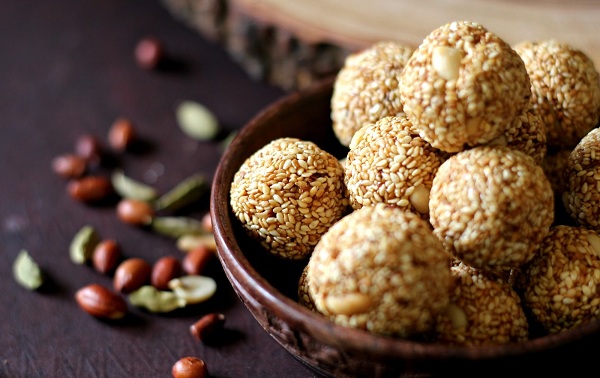Makar Sankranti 2018: History, importance and significance
- Vaishali
- Sunday | 14th January, 2018

Every year people rise above the barriers of religion and region and involve themselves in the celebrations for the festival of Makar Sankranti. Know the significance and importance of the auspicious festival.
India is known for its culturally rich heritage, with diverse people, religion and cultural a number of festivals are celebrated through the year. Every year people rise above the barriers of religion and region and involve themselves in the celebrations. One such festival is Makar Sankranti.
The Hindu festival that is observed in January every year is celebrated in various parts of the country in different ways. The auspicious festival stands for the entry of the sun into the zodiac sign of Makara (Capricorn) as it traverses its celestial path.

The day states the inception of summer and the six months fortunate period for Hindus known as Uttaarayan. The connection with Uttaraayan dates back to the mythological era of The Mahabharata when Bhishma Pitamah lay down on a bed of arrows and wait for the sun to be in Uttaraayan to breath his last.
Thought as one of the most ancient Hindu festivals, it is celebrated according to the solar cycles. Therefore, it almost falls on the same Gregorian date every year. The celebrations related with the day is known by different names in different parts of the country — Lohri by north Indian Hindus and Sikhs, Sukarat in central India, Bhogali Bihu by Assamese Hindus, and Pongal by Tamil and other south Indian Hindus.

The day is devoted to the Hindu god surya (sun) and is pragmatic to convey gratefulness to nature for its resources. The significance of the sun god can be traced back to the Vedic texts, especially the Gayatri Mantra — a sacred hymn of the Hindus.
There are a number of spiritual practices that are followed during Makar Sankranti. It is commonly seen that people to take a holy dip in rivers, especially Ganga, Yamuna, Godavari and Krishna. It is believed that doing so, would pardon them of their past sins.

In many parts of the country there is also a custom, to make a particular form of sticky sweet made of jaggery and sesame. It is said that the sweet represents peace and harmony despite the apparent differences. In most parts of the country, the time former to the festival is a sign of the early stages of Rabi crop and agricultural cycle where the crops are sown and most of the work is done. Thus the day is marked by people gathering and enjoying each other’s company.

If You Like This Story, Support NYOOOZ
Your support to NYOOOZ will help us to continue create and publish news for and from smaller cities, which also need equal voice as much as citizens living in bigger cities have through mainstream media organizations.


.png)
1.png)
.png)
.png)





